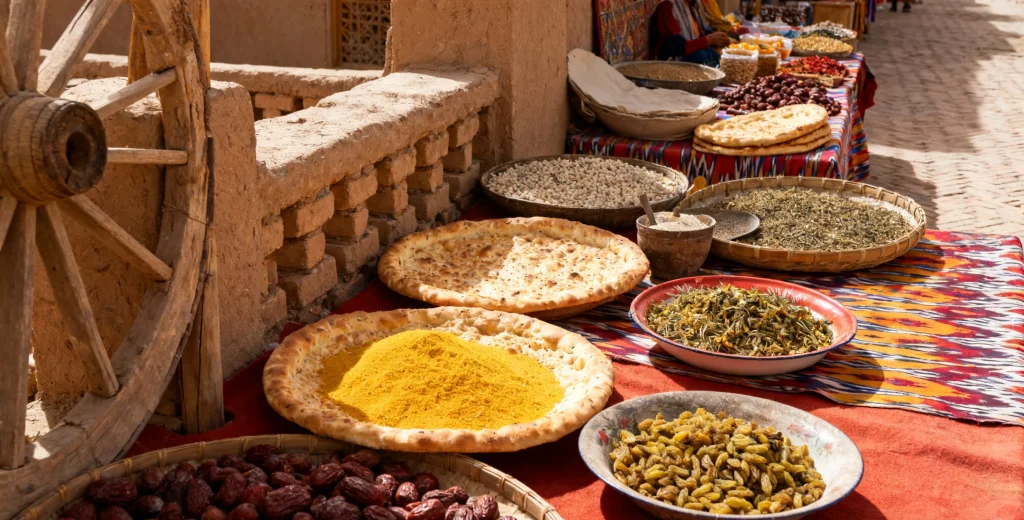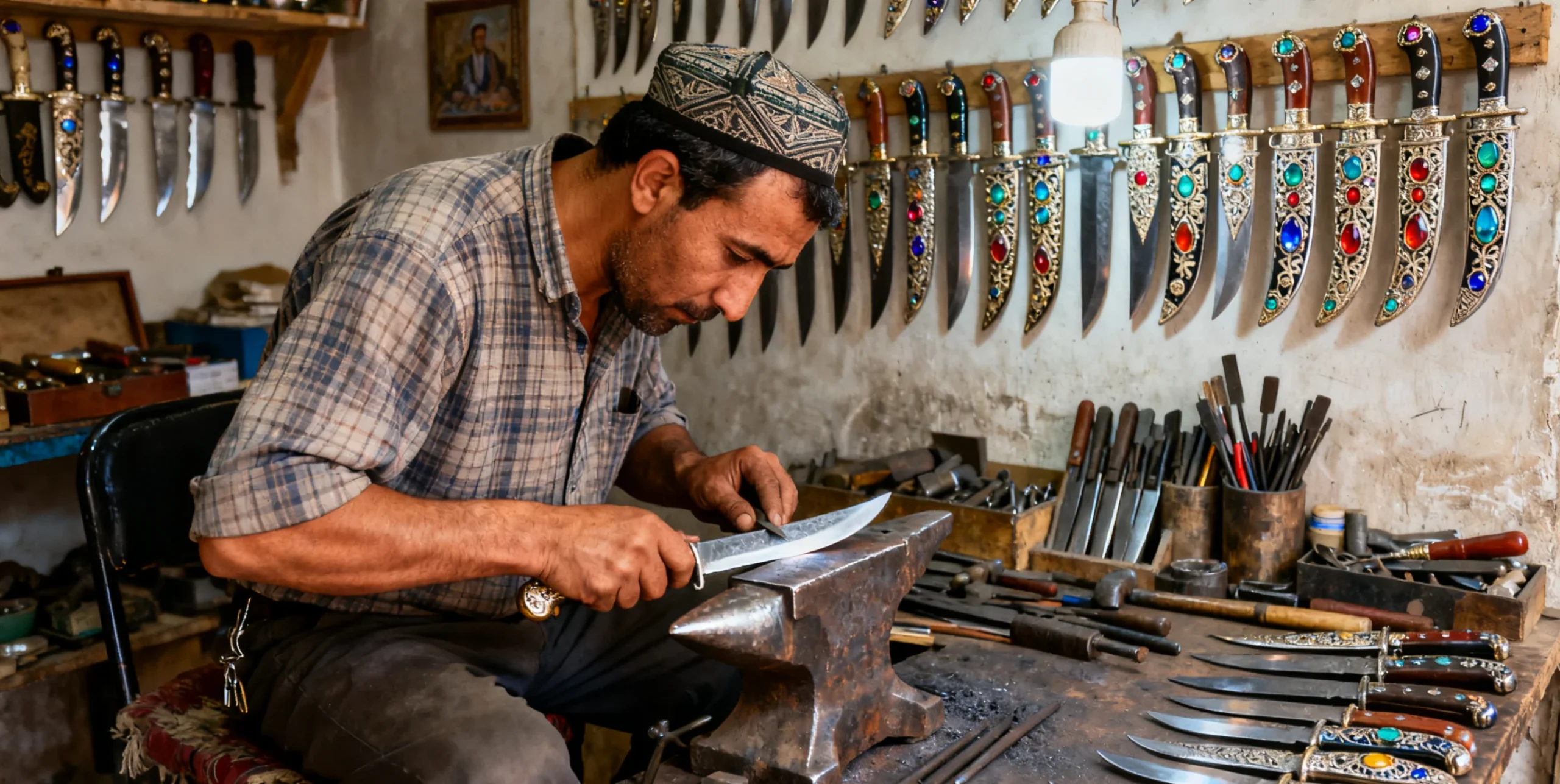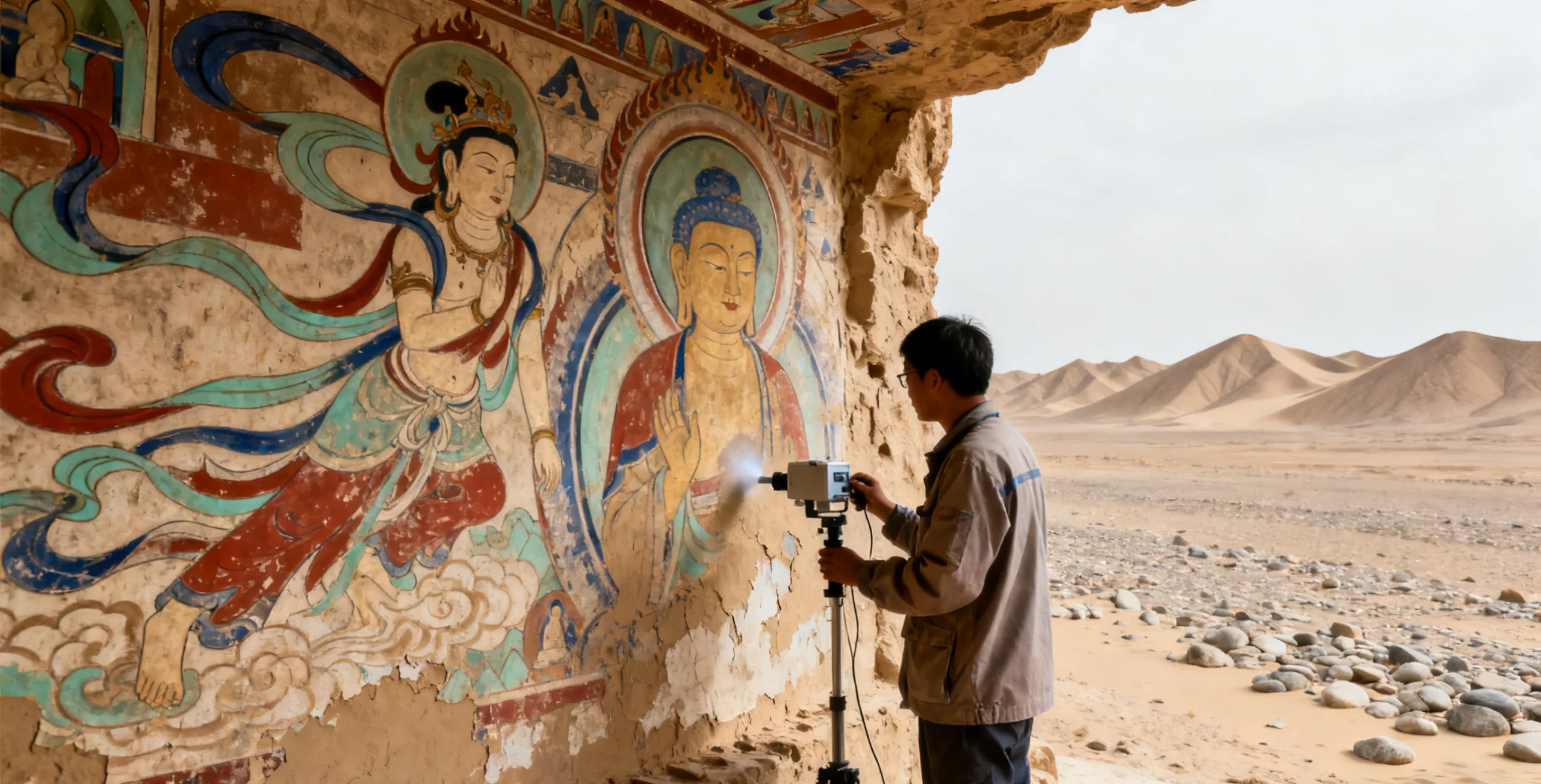Southern Xinjiang is a cultural treasure house in winter: the snow and folk life of Kashgar Old City blend into a rich New Year atmosphere; the snow-covered dunes of the Taklamakan Desert present a rare landscape; and the snow mountains of the Pamir Plateau look even more sacred in the cold season.
-
12-seats car
-
6-12people
-
low intensity
-
Xinjiang
-
autumn
-
no
-
English, Spanish, French, Korean, Japanese, etc.
-
5
-
65
This is a 7-day winter culture-and-snow journey across southern Xinjiang, linking the snowy wonders of the Taklamakan Desert, the winter folk customs of Kashgar Old City, and the snow-capped landscapes of the Pamir Plateau. You will tread on snow in the desert and watch light and shadow over sand dunes; in Kashgar Old City, you’ll see Uyghur residents having snowball fights and putting up Spring Festival couplets; on the Pamir Plateau, you’ll photograph the snowy outline of Muztagh Ata, and in Hotan you’ll wander a jade bazaar and feel everyday market life. From snowy desert scenery to New Year atmosphere in an ancient city, from gangzi meat to baked eggs, 7 days will show you the essence of southern Xinjiang in winter and open a cultural ice-and-snow journey that is unique, lively, and deeply rooted in history.
In the morning, fly from Urumqi to Kashgar. After arrival, check in at a guesthouse near Kashgar Old City. Once you’ve put down your luggage, stroll through Kashgar Old City, where century-old adobe houses are covered in snow, and arched doorways and carved windows look even more charming against the white. Check in at the Id Kah Mosque, where the green domes contrast beautifully with the snow, and feel the solemnity of this religious landmark.
In the afternoon, visit a “century-old teahouse” inside the old city, order a pot of hot brick tea and a plate of almonds, listen to Uyghur elders playing the dutar, and enjoy the slow passage of time. Take “snowy old city” photos in the lanes of the old town: red lanterns, white snow, and earth-toned buildings make for incredibly photogenic scenes.
In the evening, have dinner at the old city night market, where gangzi meat (meat stewed in clay cups), baked buns, and handmade ice cream are recommended. Afterward, wander through the old city night views, where lanterns light up snow-covered alleys, and you may occasionally come across spontaneous meshrep dancing by locals.
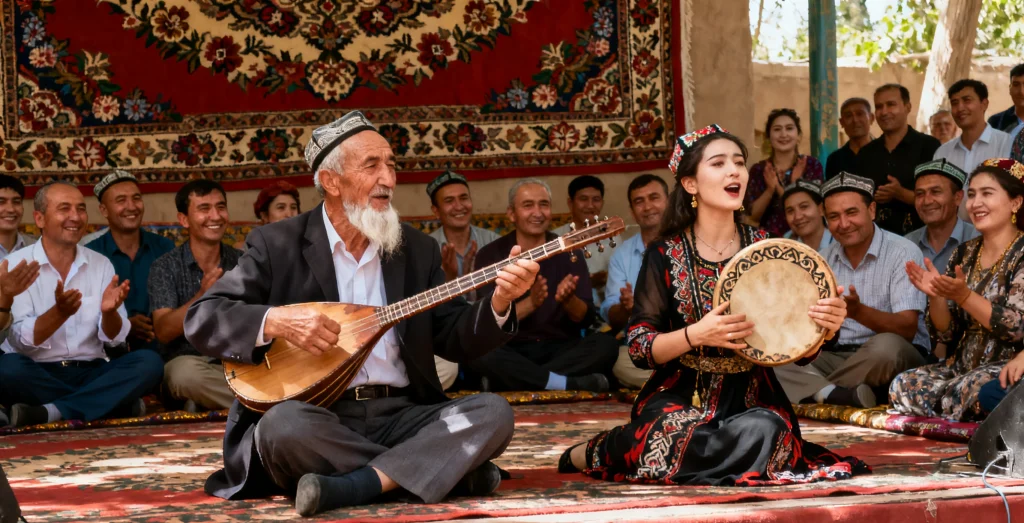
In the morning, take part in the Kashgar Old City opening ceremony, watching performers in traditional dress dance and play instruments, and feel the lively atmosphere of the ancient city. Then follow a local guide through the “handicraft street” of the old city to see Uyghur craftsmen making copperware and wood carvings, and try your hand at copper engraving.
In the afternoon, head to Xiangfei Garden (Fragrant Concubine’s Garden) to see palatial architecture set against winter snow and learn the historical story of the Fragrant Concubine. Enjoy ethnic song and dance performances in the garden, where performers in traditional costumes dance on the snow—a very distinctive sight.
In the evening, have dinner on Kashgar Food Street, where roast whole lamb and nang-pit meat are recommended, paired with pomegranate juice. After dinner, go to Donghu Park (East Lake Park) to see locals skating and flying kites on the snow, and feel the energy of Kashgar at night.
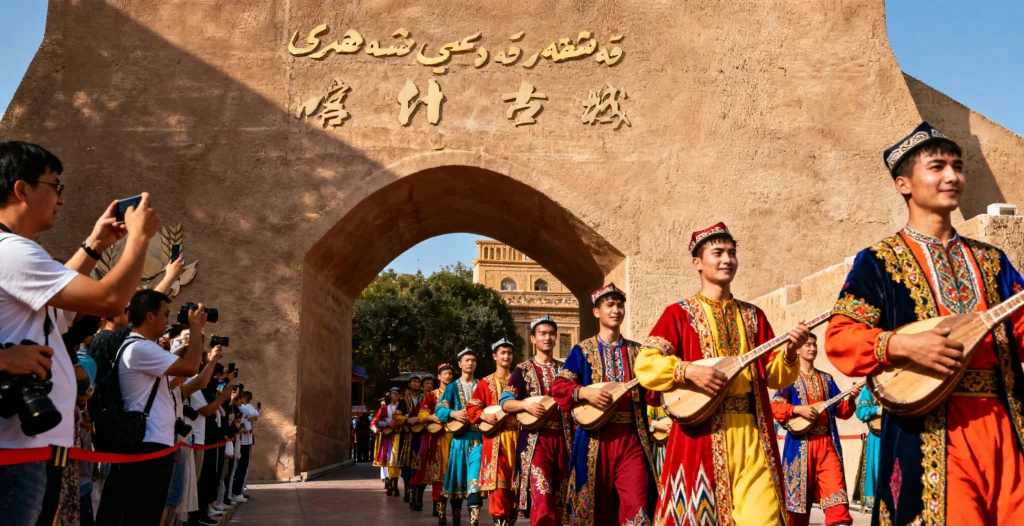
In the morning, depart from Kashgar along the China–Pakistan Friendship Highway toward the Pamir Plateau, watching the icy scenery of Ghez Canyon along the way. Stop briefly at White Sand Lake to photograph the interplay of ice and snow on the lake surface with the surrounding white sand mountains.
In the afternoon, arrive at Karakul Lake, where Muztagh Ata is reflected on the frozen lake surface—snow mountains, ice lake, and blue sky create a pristine picture. Experience horseback riding by the lakeside on the plateau and feel the majesty of the snow mountains up close.
In the evening, stay at a hotel in Tashkurgan. Dinner is yak-meat hotpot, paired with highland barley flatbread. Afterward, step into the hotel courtyard to photograph the plateau’s starry sky—under the stars, the snow mountains look even more sacred.
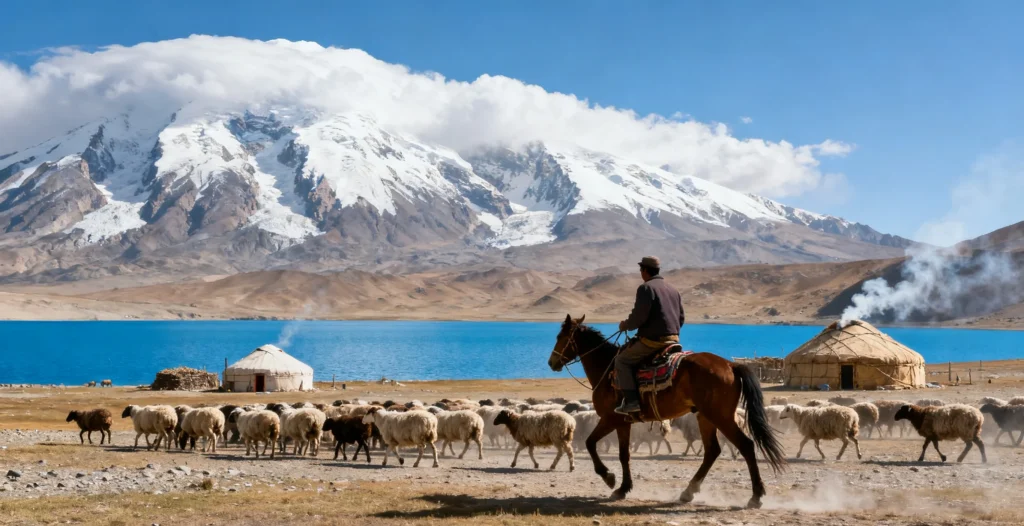
In the morning, visit the Stone City ruins, where the ancient stone walls of a Han-dynasty Western Regions kingdom look even more weathered and historic against the snow. Climb to the highest point of the site to overlook Jincaotan and photograph snow mountains and ancient ruins in the same frame.
In the afternoon, follow the original route back to Kashgar, stopping at the Muztagh Ata viewing platform to photograph the snowy mountain at sunset. The setting sun bathes the icy peak in orange-red light—stunning and unforgettable. In the evening, return to Kashgar Old City and have dinner at the old teahouse, where lamb soup with rice and fried mianpian (noodle pieces) are recommended. After dinner, stroll the New Year goods street inside the old city, buying Uyghur hand embroidery and dried-fruit gift boxes and soaking up the festive atmosphere.
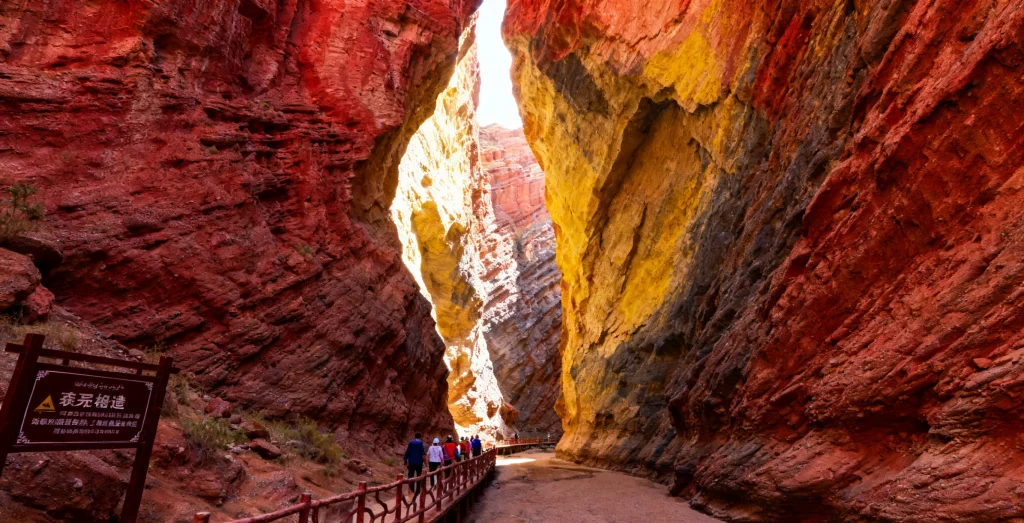
In the morning, fly from Kashgar to Hotan. After arrival, check into a hotel in downtown Hotan, then head out to browse the Hotan Jade Bazaar, where vendors lay out raw jade stones and carved jade pieces. Listen to stories of “gambling on stones” and perhaps buy a small jade pendant as a souvenir.
In the afternoon, go to the edge of the Taklamakan Desert to experience snow-covered desert trekking. Walk on dunes dusted with thin layers of snow and watch the light and shadow on the sand change with the sun. With a professional guide, try sand sledding down the dunes.
In the evening, have dinner at the Hotan night market, where baked eggs, roast pigeon, and handmade yogurt are recommended. Afterward, visit nearby atlas silk shops, where you can see colorful hand-dyed and handwoven silk and buy a scarf as a gift.
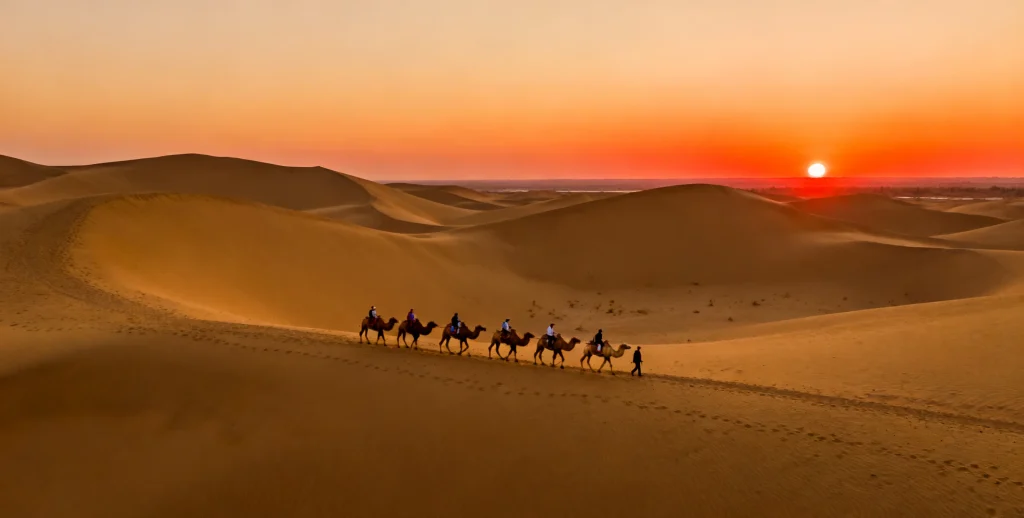
In the morning, take a train from Hotan to Kuqa. After arrival, check into a hotel in downtown Kuqa, then head to the Kuqa Grand Mosque to see Islamic-style architecture with its unique appearance in the snow and visit the mosque’s exhibition of religious relics.
In the afternoon, go to the Tianshan Mysterious Grand Canyon, where red rock walls and white snow combine into a rare landscape. Hike along the canyon trail and feel both the towering cliffs and the purity of the ice and snow. Check in at the canyon’s “One-Line-Sky” section, where sunlight pours through the narrow crevice to form beams of light on the snow.
In the evening, return to downtown Kuqa and have dinner on Kuqa Food Street, where Kuqa big nang (flatbread), peppercorn-spiced chicken, and grilled lamb skewers are recommended. After dinner, stroll through the city night scenes and see the lights of Kuqa River Bridge reflected in the snowy landscape.
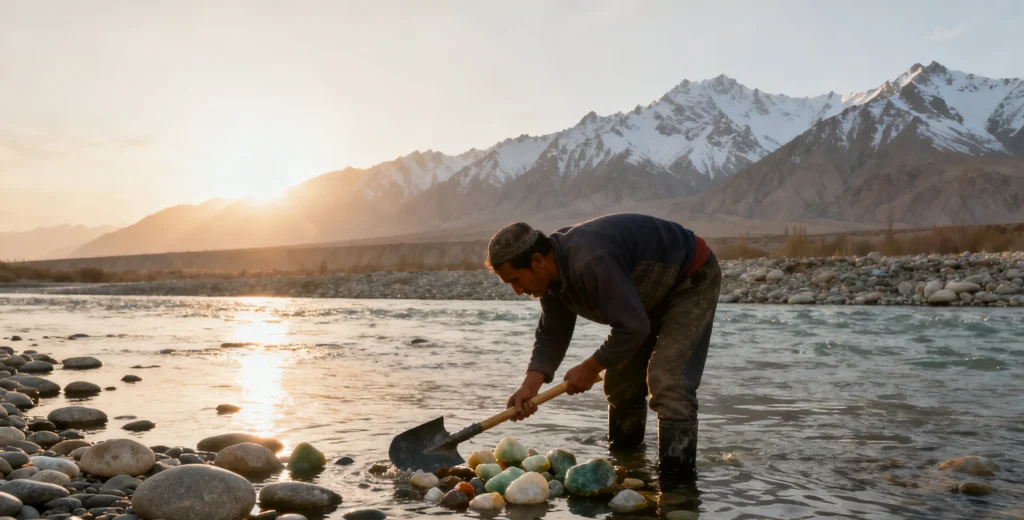
In the morning, take a train from Kuqa back to Urumqi, with a brief stop at Turpan Station, where you can buy a bunch of chilled grapes.
In the afternoon, arrive in Urumqi and visit the Xinjiang Museum, where you can see the “Beauty of Loulan” mummy and ancient silk fabrics and learn about Xinjiang’s history and culture. Afterwards, according to your flight / train schedule, head to Urumqi Diwopu International Airport or Urumqi Railway Station, ending this 7-day ice-and-snow cultural journey through southern Xinjiang.
